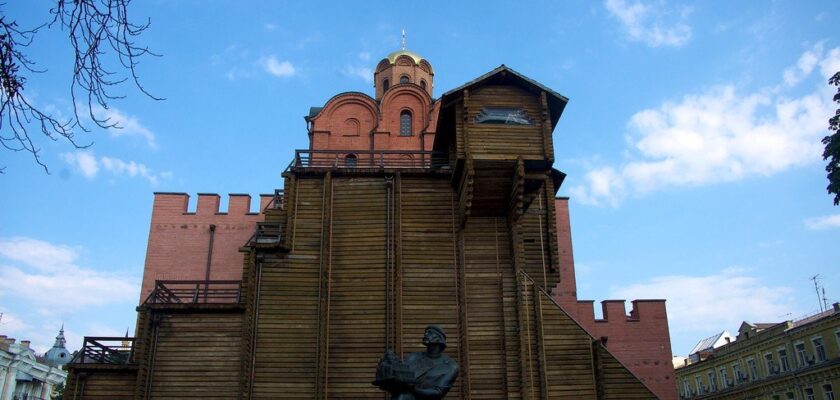Golden Gate of Kiev
The Golden Gate in Kiev is an iconic landmark and one of the recognizable symbols of the city. The restored structure, erected during the reign of Prince Yaroslav the Wise, adorns the center of the capital of Ukraine. The monument is located in a landscaped park at the intersection of Yaroslavov Val and Volodymyrska streets, not far from the architectural ensemble of St. Sophia Cathedral, built simultaneously with the city fortifications in the early XI century.
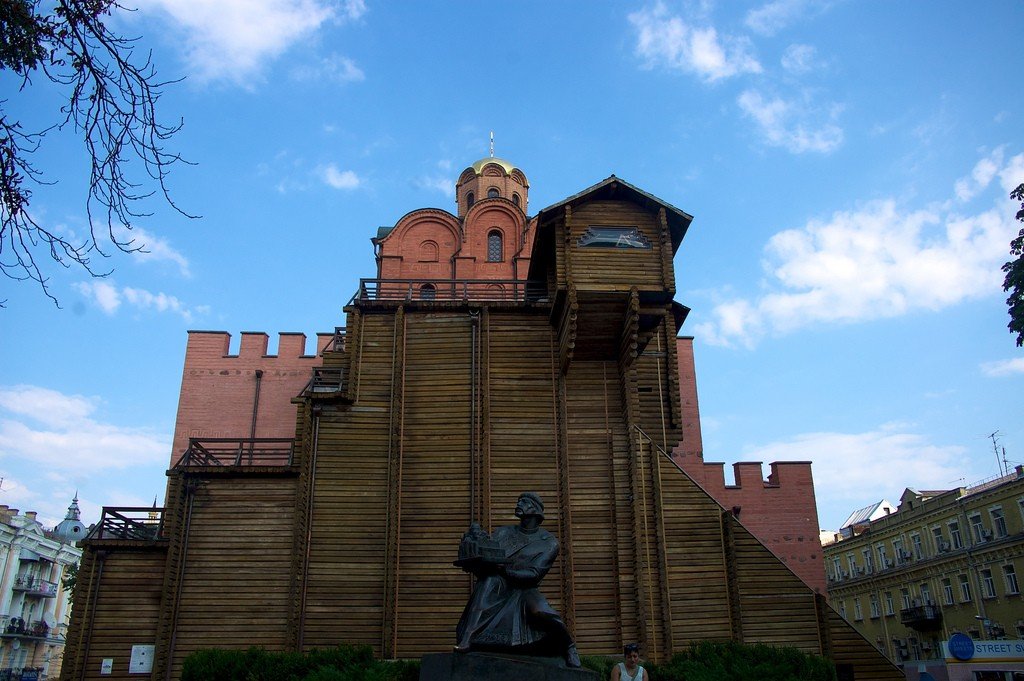
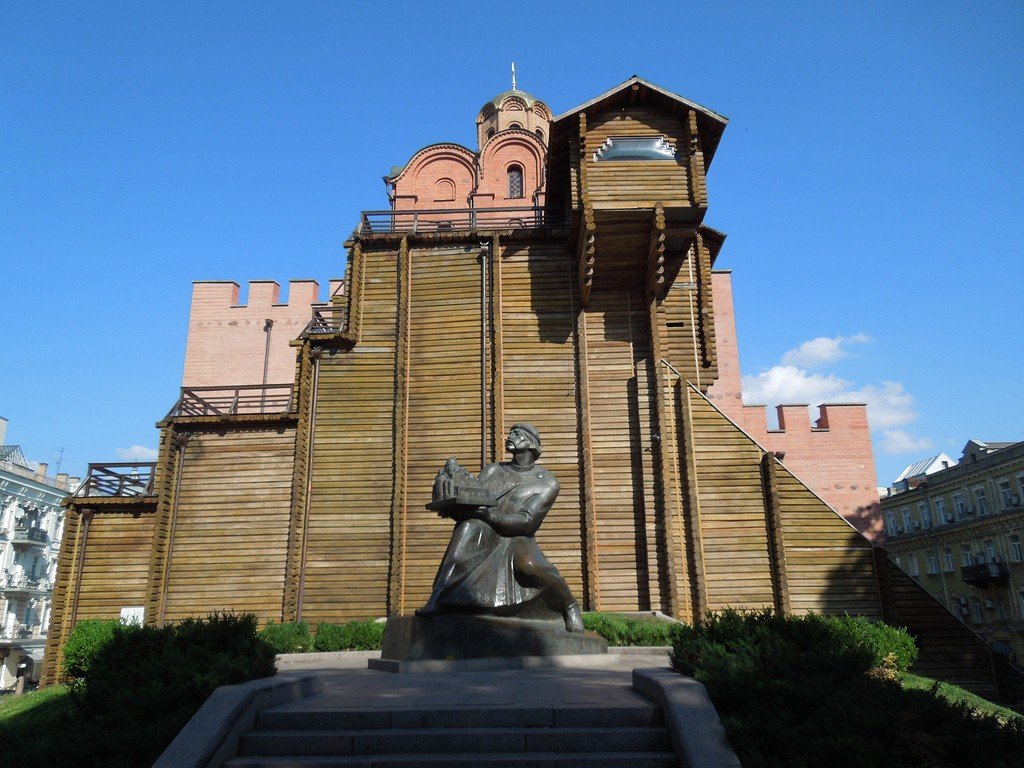
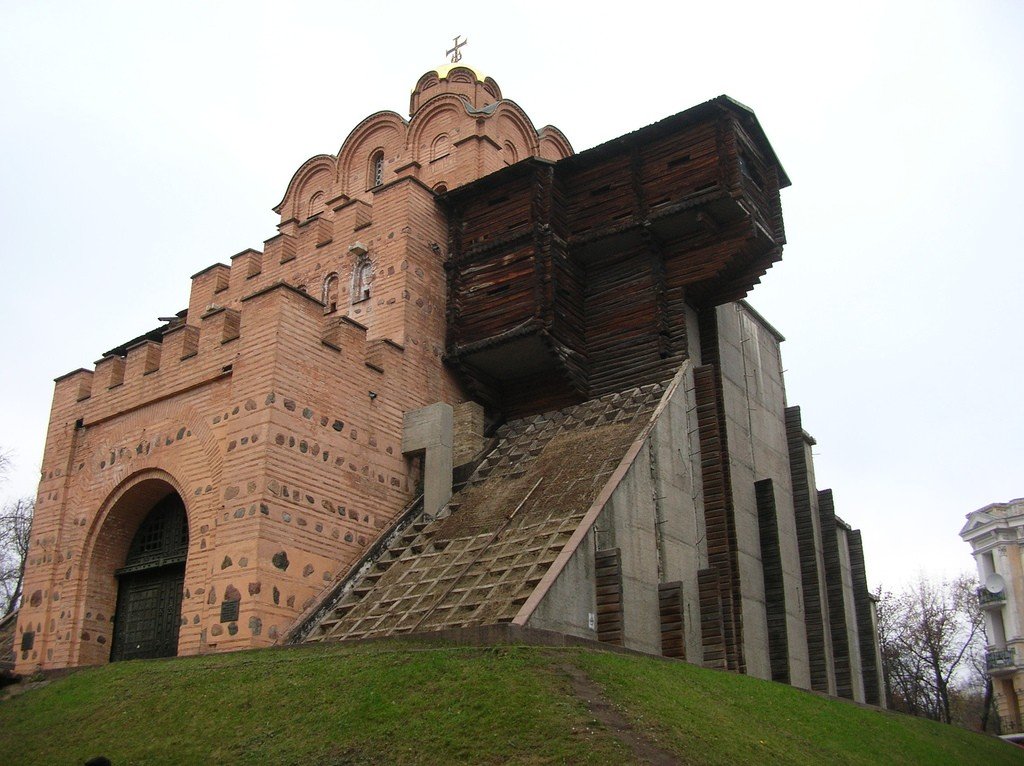
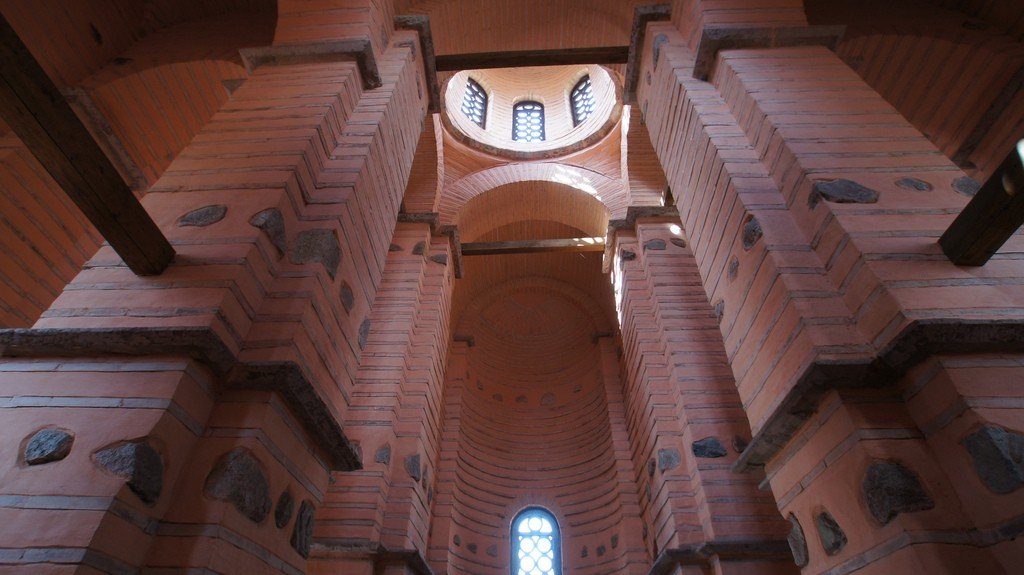
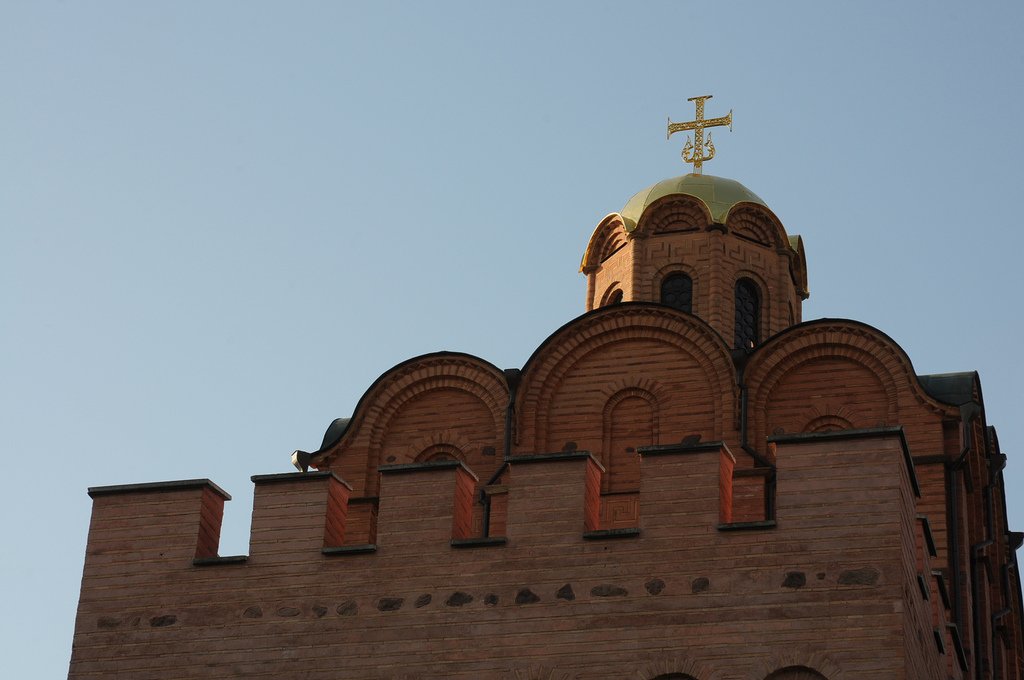
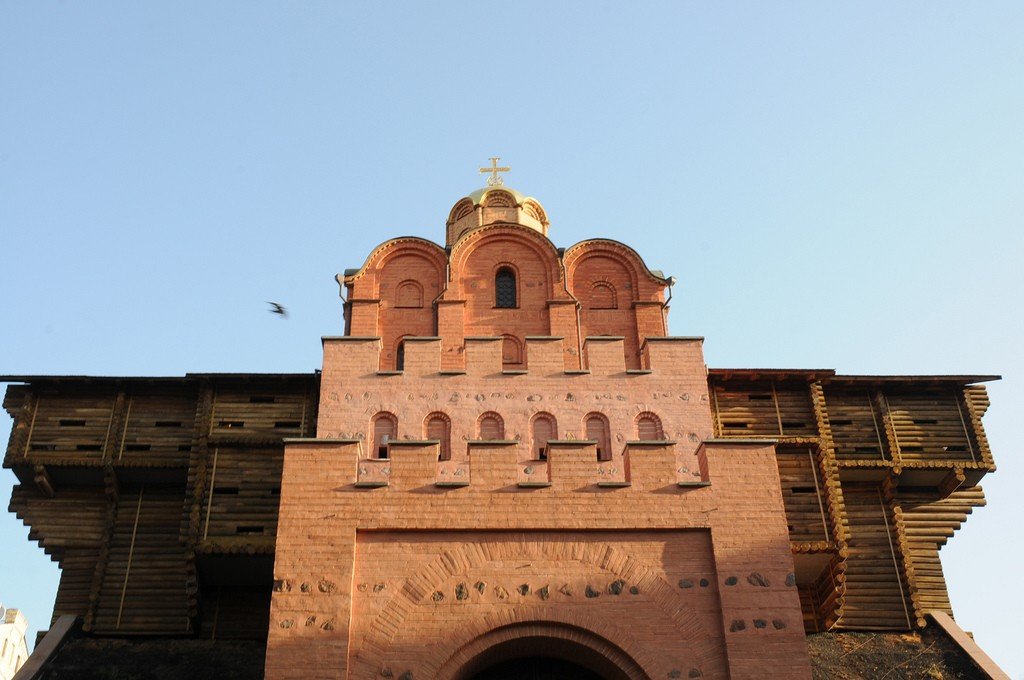
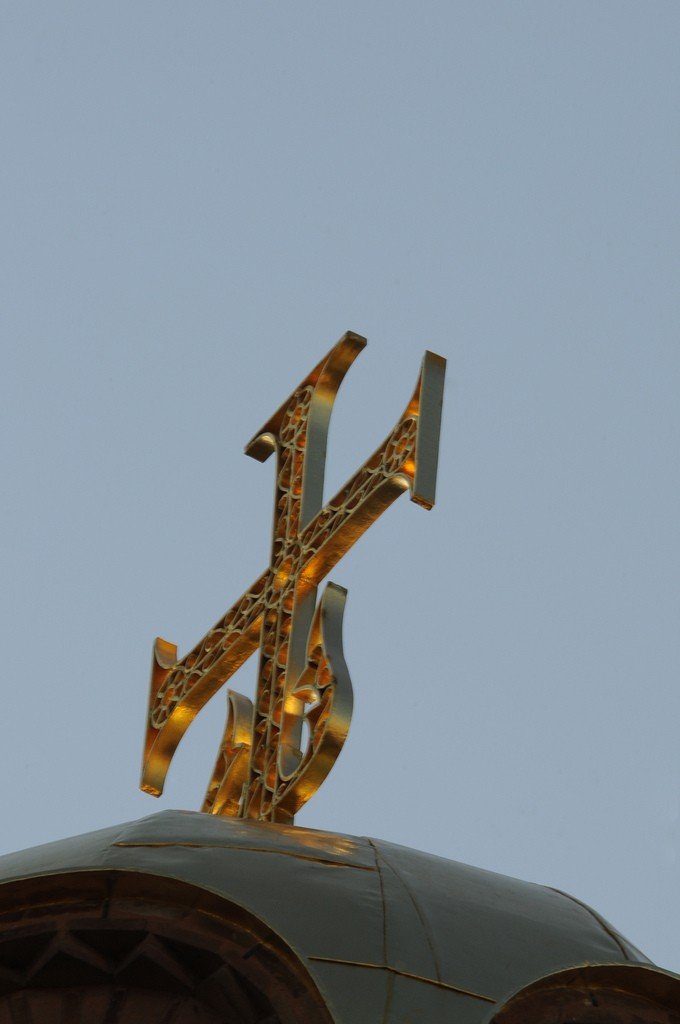
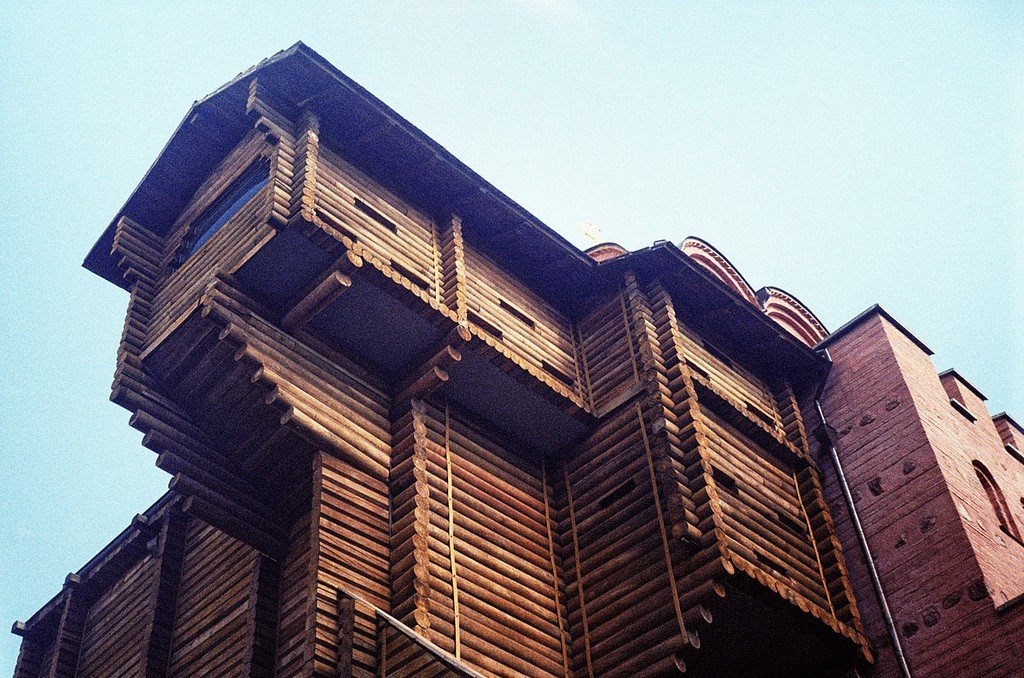
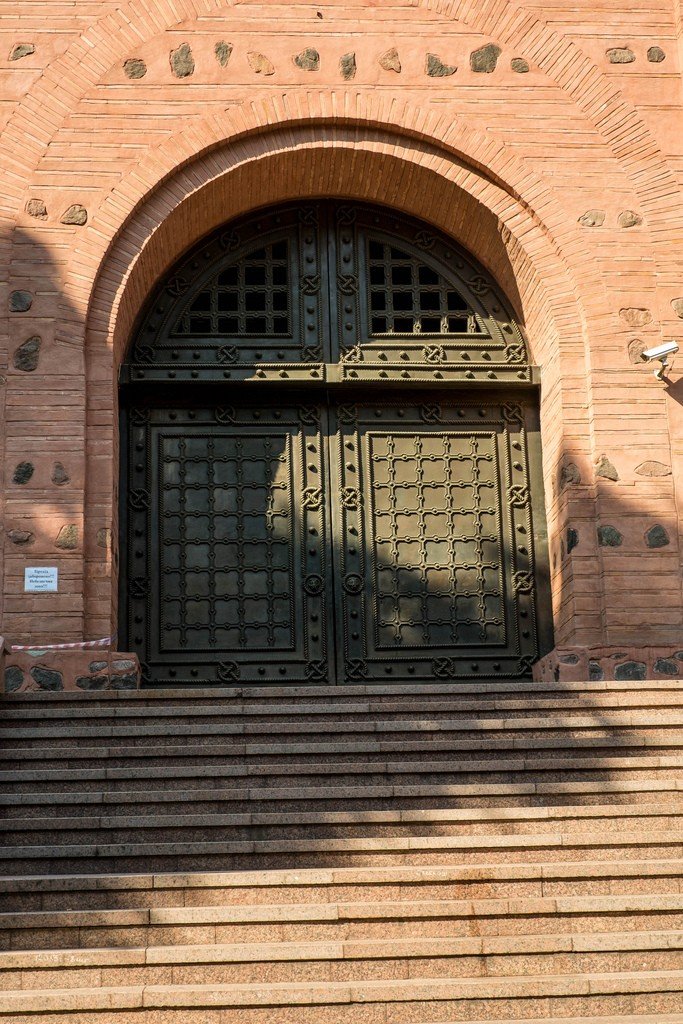
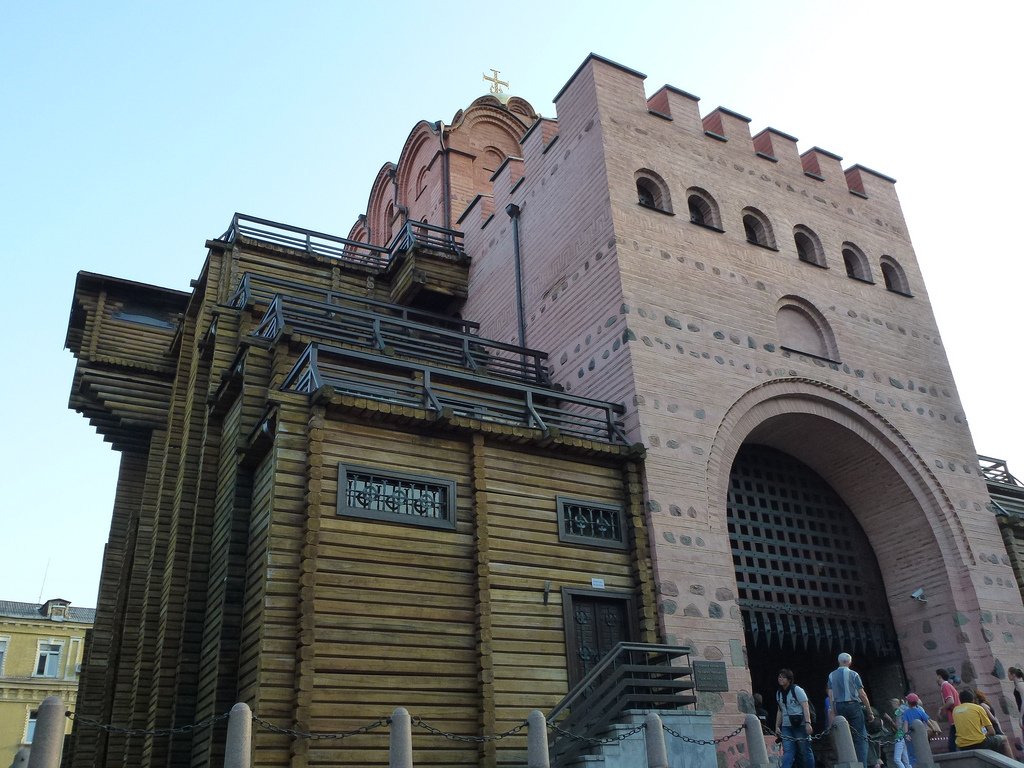
Video: Golden Gate in Kiev
Contents- Highlights
- History of the Golden Gate in Kiev
- Modern view of the Golden Gate
- Where to eat
- How to get there
Highlights
Kiev Golden Gate is a powerful rectangular three-tiered tower made of pink plinth bricks and granite boulders bonded with cement – a mortar with the addition of crushed bricks. This building mixture has not lost its strength over the past millennium: builders added thousands of hen’s eggs to the mixture, the proteins “grabbed” the bricks firmly. One can be convinced of the reliability of the masonry by examining the preserved authentic fragments of the structure. The gate cut through the earthen rampart, reinforced with oak walls.
.After the Mongol invasion in 1240, the ruined temples and ancient monuments of Kiev lay in ruins for several centuries. The ruined Golden Gate was covered with earth, preempting the collapse of the cracked brick arches and walls. The monument was restored in 1982, to celebrate the 1500th anniversary of the city, another restoration was carried out in 2007. Today the Golden Gate is a popular tourist attraction in Kiev. There is a museum, in the nearby park there is a monument to Yaroslav the Wise, who ordered to erect this stronghold.
.History of the Golden Gate in Kiev
At the end of the X century, the first capital Kiev became cramped within the boundaries of the so-called city of Vladimir, built on a plateau rising above the commercial Podol. Grand Duke Yaroslav Vladimirovich ordered to expand the capital to the south, in the “field outside the city”. Yaroslav’s city, with an area of about 80 hectares, was enclosed by a 12-meter earthen rampart with an oak palisade on the crest and wooden watchtowers.
The well-fortified front entrance to the capital city of Kiev was erected in 1017-1024. The first mention of the gate is in the annals under 1037. In the “Tale of Law and Grace” Metropolitan Hilarion calls the gate the Great Gate, but not the Golden Gate. Probably, this name appeared a few years later, when the dome of the Church of the Annunciation crowning the gate tower was covered with gold. According to legend, the gate leaves were also covered with gilded iron sheets. A popular version is that the ancient monument inherited its name from the Golden Gate of Constantinople.
.
There is a legend that the gate leaves were brought from the Crimean Korsun (Chersonese) as a trophy. Polish King Boleslav the Brave, a relative of Prince Izyaslav Yaroslavich, arrived near Kiev with an army to help Izyaslav regain the throne of Kiev. The allies carried out their plan, and the king, as a sign of victory, struck the steel sashes of the Golden Gate with his sword, and the blade snapped. Perhaps it is this sword, nicknamed “Szczerbiniec” that is now kept in one of Krakow’s museums.
.The outer facade of the Golden Gate was decorated with a mosaic or fresco image of the Mother of God. Chronicles mention that the Kiev prince Izyaslav Mstislavich turned to it before a battle with the army of Yuri Dolgoruky in 1151. “She may judge us,” said Izyaslav, pointing to the face of the Virgin Mary.
The main gate of ancient Kiev faces south. In the evenings, the arched entrance was blocked by a steel grille. In front of the entrance there was a deep moat 15 meters wide with a lifting bridge. Now on its place runs a short street – Zolotovorotsky passage.
.In 1240 Mongolian troops under the Khan Batu, grandson of Genghis Khan, stormed Kiev and burned the rebellious city to the ground. Chronicle reports that the Mongols broke through from the side of Lyadsky gate, where the fortifications were the most vulnerable. They could not overcome the Golden Gate “head-on”. Perhaps that is why the conquerors destroyed them after the last defender had fallen.
.
Since that time chronicles did not mention the Golden Gate in Kiev for several centuries. Only in 1584 a Lvov merchant and traveler briefly described the ruins in his diary. Several engravings by Dutch artist Abraham van Westerfeld, who depicted the majestic ruins in 1651, have survived. These works were very helpful to the restorers in reproducing the appearance of the Golden Gate.
.A modern view of the Golden Gate
As part of preparations for the 1500th anniversary of Kiev, a large-scale reconstruction of ancient monuments was carried out in the city. Over the remains of the Golden Gate it was decided to erect a copy of the fortifications, safely hiding the surviving fragments of the walls. For building specially made Old Russian brick – flat pinkish plinth, corresponding to sizes of a material of an authentic masonry. A three-tiered crenellated tower with archery platforms, fragments of walls on the northern and eastern sides of the gate were reconstructed. Log cages, which were filled with soil dug from the outer protective ditch, are clearly visible here.
.During the excavations that preceded the construction, smalt cubes, pieces of plaster with traces of frescoes and jugs – resonators from the vaults of the Church of the Annunciation were found. In the reproduced gate church mosaic floors are laid, windows are decorated with stained glass.
.
The sashes of the outer and inner gates limit the vaulted passage 26 m long and 6.5 m wide. Chamber plays and performances are staged here.
>
In the premises of the Golden Gate there is a small museum. Its exposition reflects the stages of reconstruction of the monument, guides tell about the features of fortifications of Kievan Rus. The main exhibit of the museum is the remains of the walls of the XI century. Fragments of plaster have been preserved on the masonry of the western wall. On them archaeologists found graffiti – inscriptions, appeals to the Virgin Mary, as well as a drawing depicting a hunt for a boar. The names of hunters armed with spears are scratched here – Nikola and Trofim. Interestingly, a similar composition of the drawing was found among the secular frescoes of St. Sophia Cathedral in Kiev.
.
The cost of a ticket to the museum – 50 hryvnia, for schoolchildren and pensioners – 20 hryvnia. The observation deck offers views of the nearby neighborhoods, built up with historical buildings of the late XIX – early XX century.
.
The ancient structure is surrounded by Zolotovorotsky park. On the western side, at the cut of the defense rampart, there is a monument to Prince Yaroslav the Wise, on the opposite side there is a park fountain with patterned cast-iron bowls, erected in 1899. Next to it there are brightly colored awnings of a summer cafe. Here a funny “Disposable Cat” climbs up the trunk of a tree: the figure is made of plastic forks. Nearby, a cute wooden cat is carved on a pruned branch of a chestnut tree. In the park there is also a bronze Persian cat Panteleimon, polished to a shine by thousands of touches. According to connoisseurs, it is a sculptural portrait of the fluffy beauty who lived in the elite restaurant “Pantagruel”, which is in Zolotovorotsky passage.
.Where to eat
There are several trendy restaurants and cafes located near Zolotovorotsky Square; in summer, tables are put out on open verandas, from where the Golden Gate is clearly visible.
The osteria “Pantagruel” (1 Lysenko St.) serves exquisite Italian dishes and wines. The average check for two people will be 2300 hryvnias, a bottle of good Italian wine will cost 500-600 hryvnias. Opposite, in the house number 4 on the same street, there is a French restaurant Tres Branche with excellent cuisine, the wine list has 50 positions.
.
In the beer restaurant Le Cosmopolite on Vladimirskaya Street, 47, they cook according to the recipes of Belgian culinary experts. Price range for main dishes is 248-620 hryvnias.
.French cuisine restaurant Paul is located on Yaroslavov Val Street, 26. Prices for main courses – 228-580 hryvnias. The restaurant’s own bakery makes 140 varieties of pastries. The cost of desserts – in the range of 180-220 hryvnias.
.You can have a cheap snack in the Georgian cafe by the fountain. Khachapuri and other fresh pastries with meat and cheese filling are sold for 45-60 hryvnias.
.
How to get there
Right in front of Zolotovorotskyi Square is one of the exits of the metro station “Golden Gate”. By the way, this station is one of the most beautiful in Kiev and is an object of modern cultural heritage of Ukraine. It is definitely worth seeing. The vaulted interiors are decorated in Old Russian style, decorated with mosaics with images of ancient churches, outstanding cultural figures of Rus and great Kiev princes. Massive bronze chandeliers resemble the lamps of medieval Byzantine temples. According to the version of British experts, published in The Daily Telegraph in 2013, the Kiev metro station “Golden Gate” is included in the list of 22 most beautiful metro stations of European capitals.
.On Volodymyrska Street near the Golden Gate, bus No. 24-A stops. This route connects the Central Railway Station with the historic Pecherskiy district of the city.
